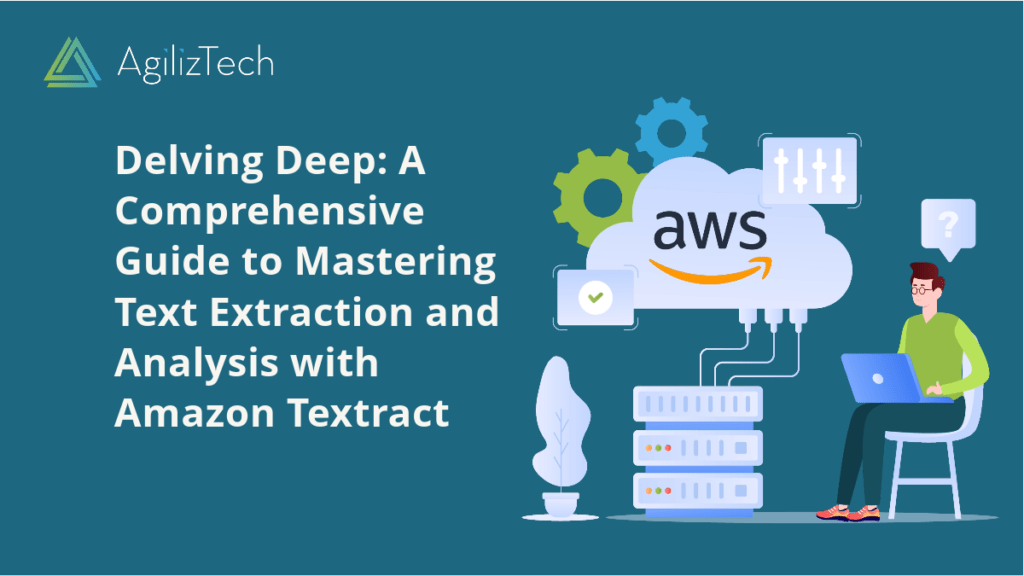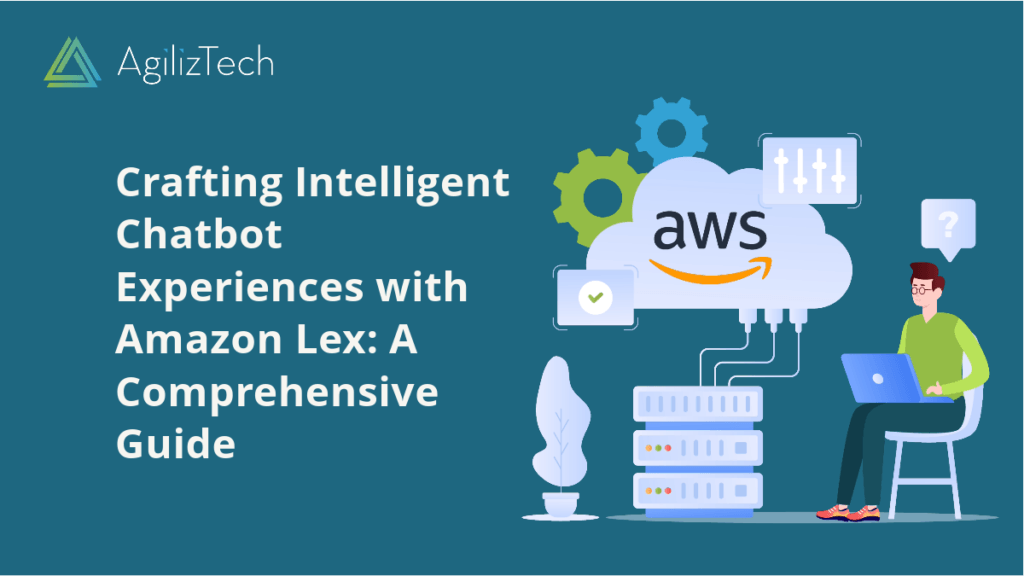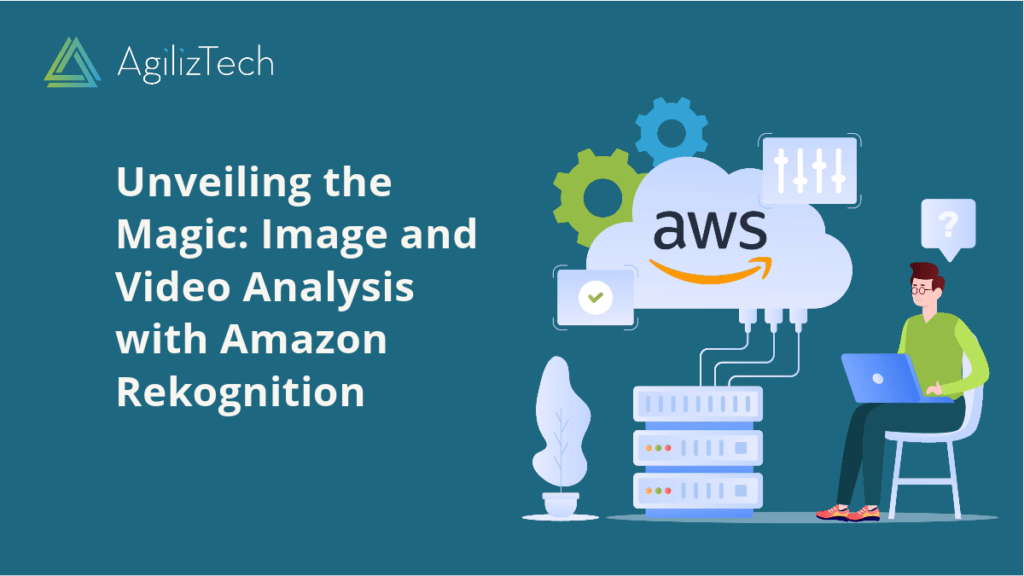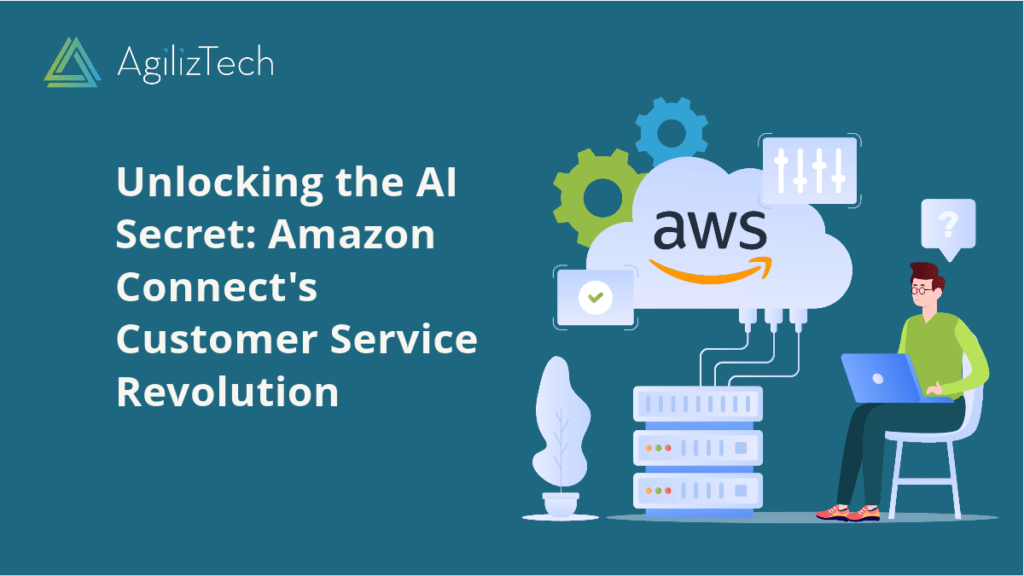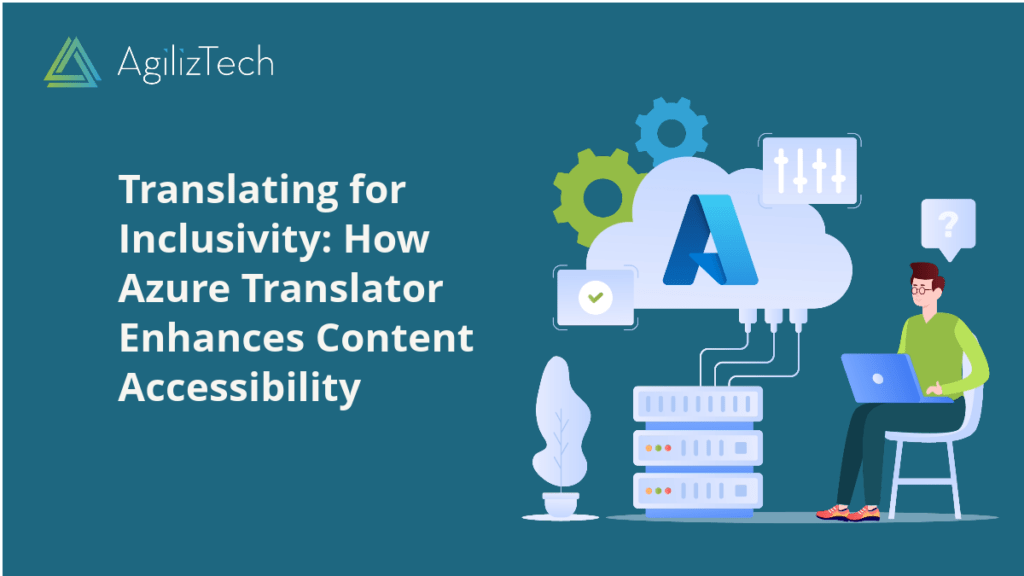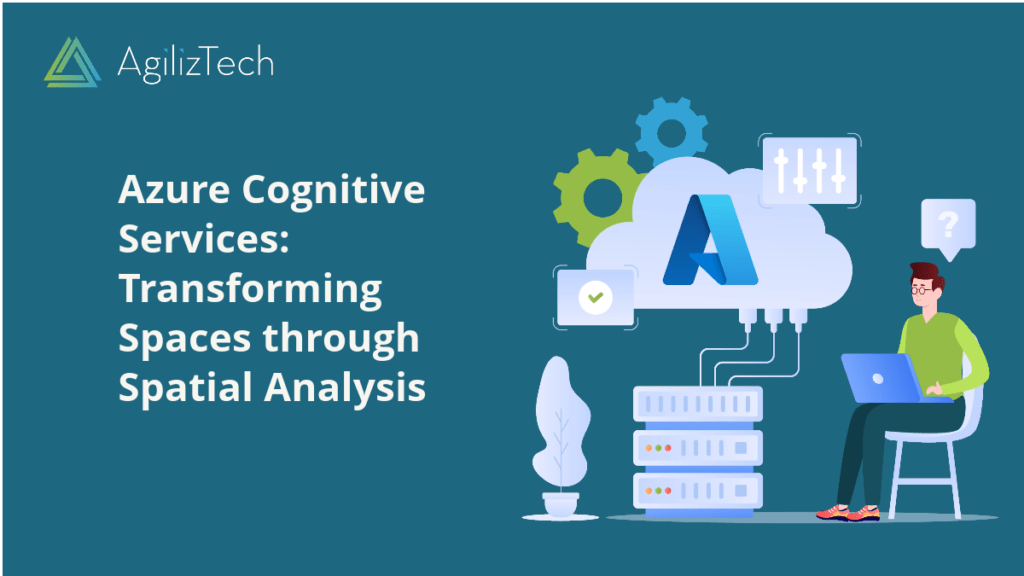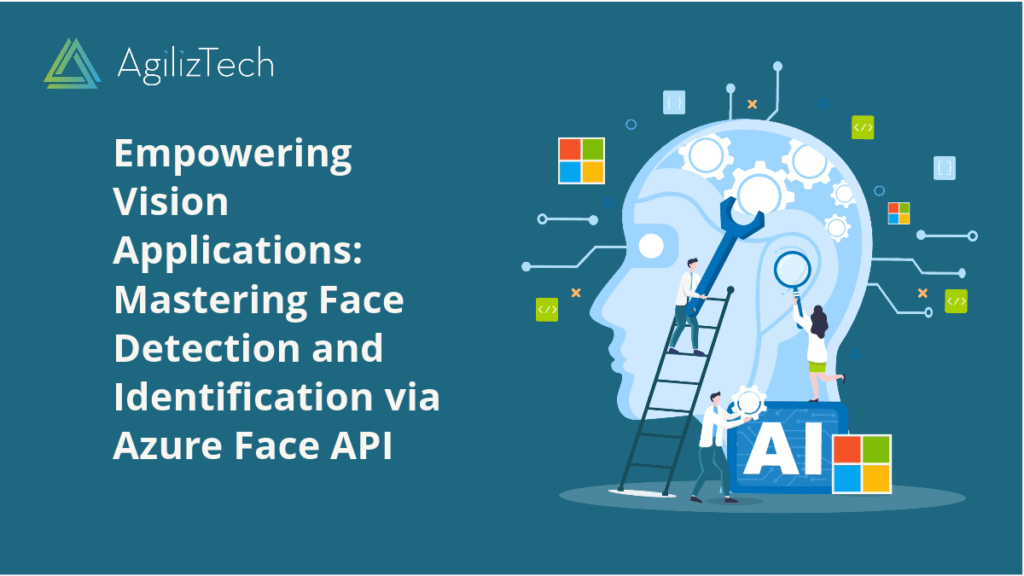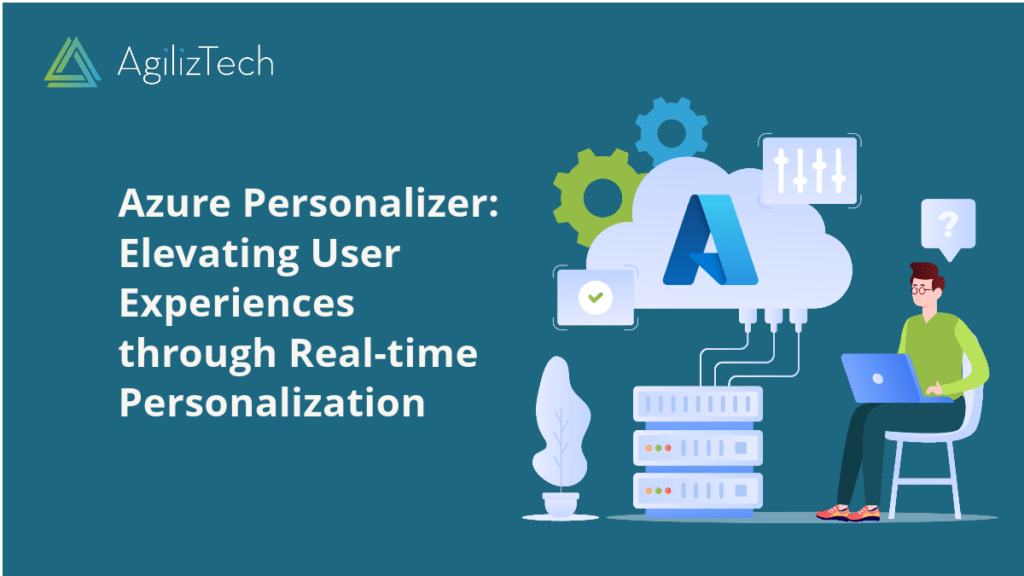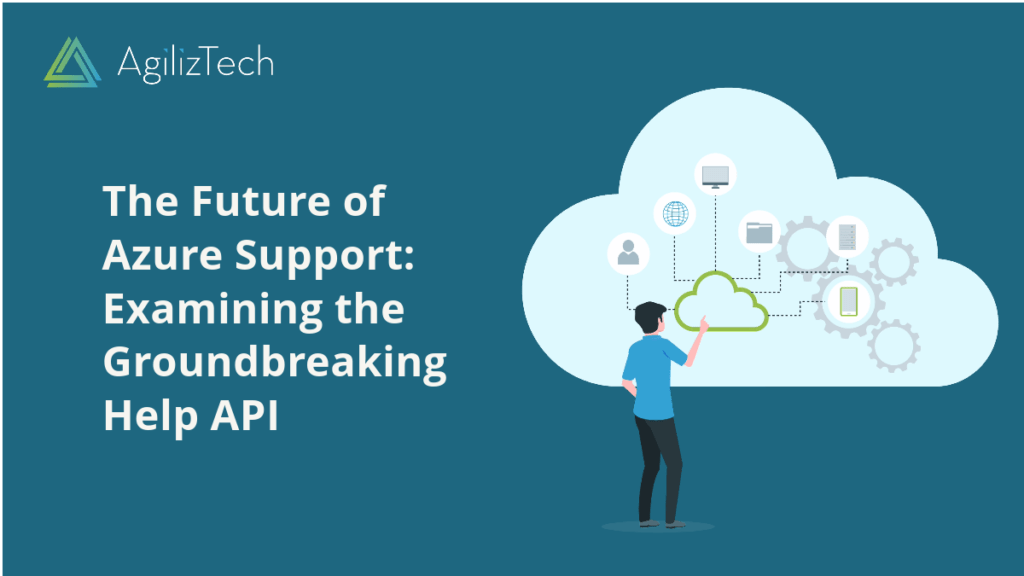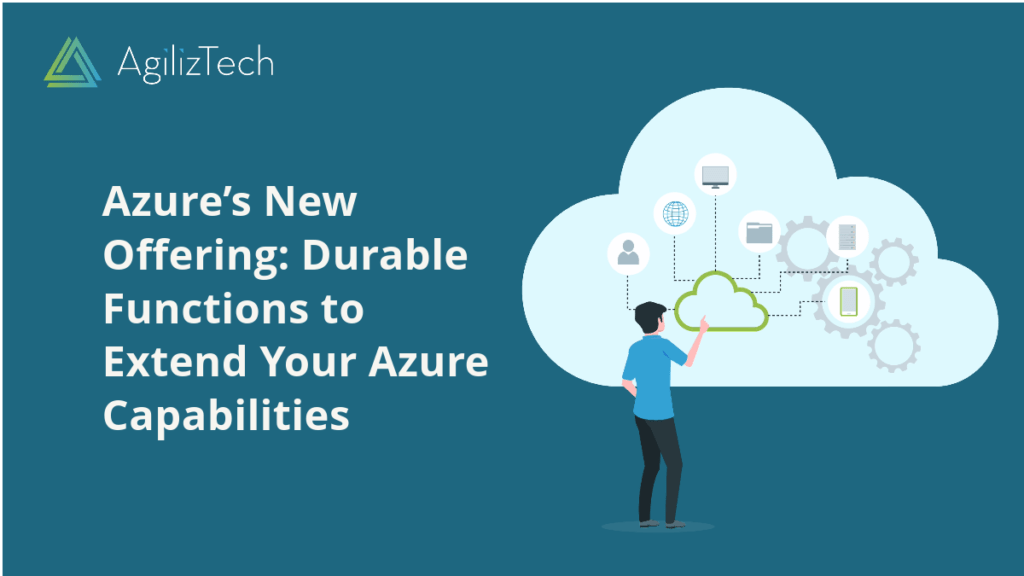Overview
Do you have a lot of documents that contain valuable information but don’t have the time or resources to manually extract and analyze them? If so, you might want to consider using Amazon Textract, a service that can automatically extract text and data from scanned or digital documents.
Amazon Textract is a machine learning service that recognizes and extracts text, tables, forms, and other structured data from documents. It can also analyze the content and context of the documents, such as identifying key phrases, entities, sentiments, and topics.
Advantages of Amazon Textract
With Amazon Textract, you can:
- Save time and money by reducing manual data entry and processing.
- Improve accuracy and reliability by eliminating human errors and inconsistencies.
- Enhance customer experience and satisfaction by providing faster and better insights.
- Unlock new opportunities and insights by transforming unstructured data into structured data.
Use Cases of Amazon Textract
Amazon Textract can be applied to various use cases, such as:
- Invoice processing: Extract key information from invoices, such as vendor name, date, amount, tax, etc., and store them in a database or a spreadsheet for further analysis and processing.
- Contract analysis: Analyze contracts and agreements to identify key terms, clauses, obligations, risks, etc., and compare them with your standards and policies.
- Resume screening: Extract relevant information from resumes, such as name, contact details, education, work experience, skills, etc., and match them with your job requirements and criteria.
- Medical records management: Extract and analyze medical records, such as prescriptions, lab reports, diagnosis, treatment plans, etc., and store them in a secure and compliant way.
To use Amazon Textract, you can either upload your documents to the AWS console or use the AWS SDK or API to integrate it with your applications. You can also use with other AWS services, such as Amazon S3, Amazon Comprehend, Amazon Translate, Amazon Rekognition, etc., to create end-to-end solutions for your document processing needs.
Conclusion
Amazon Textract is a powerful and easy-to-use service that can help you extract and analyze text from documents. It can help you save time and money, improve accuracy and reliability, enhance customer experience and satisfaction, and unlock new opportunities and insights. If you want to learn more or try it out for free, click here.
